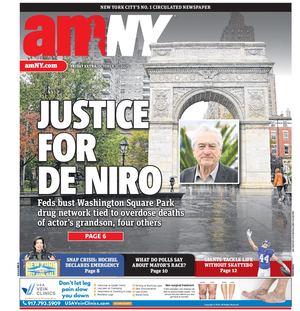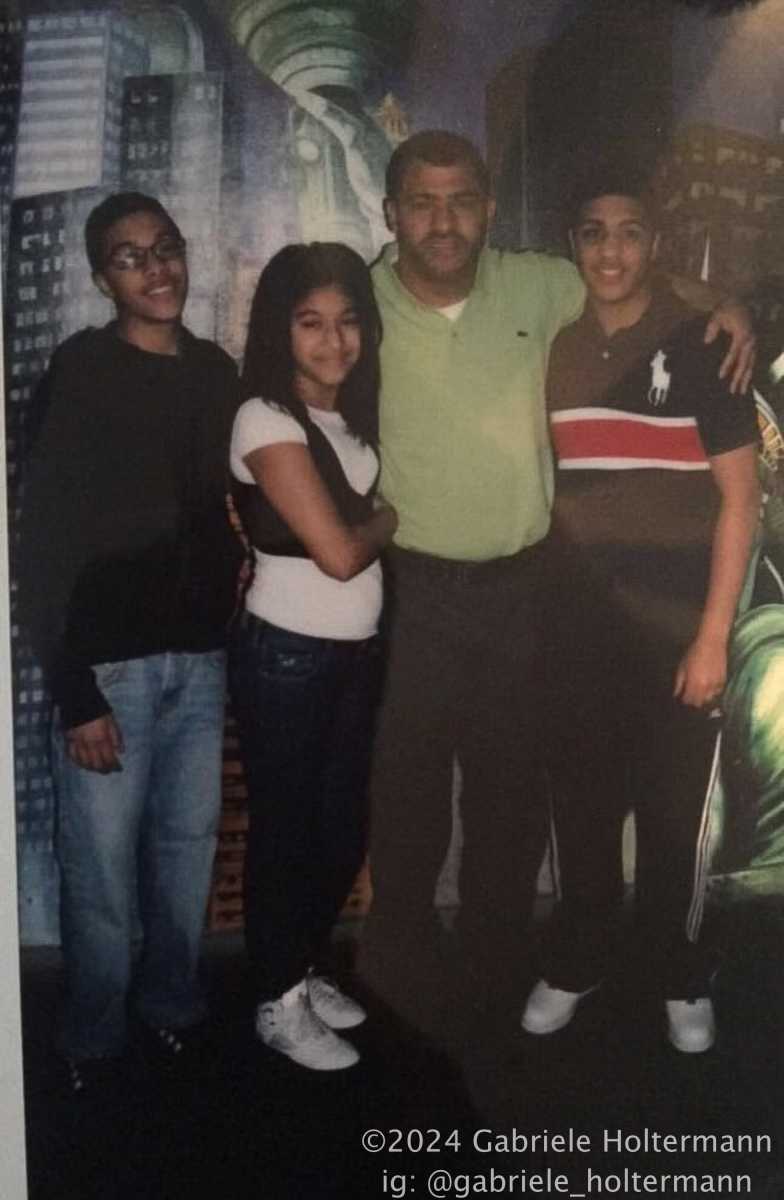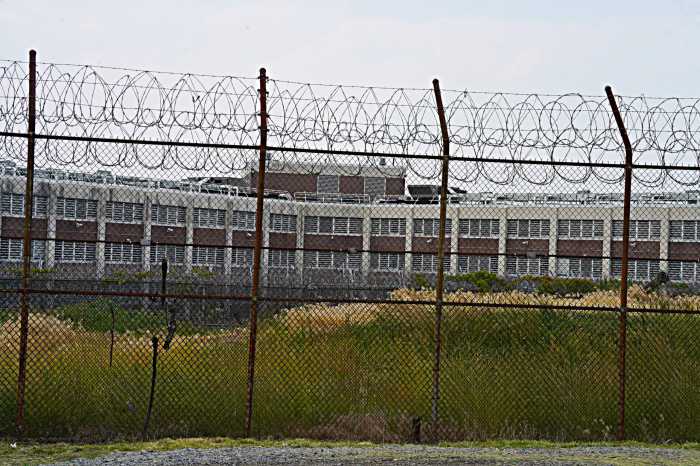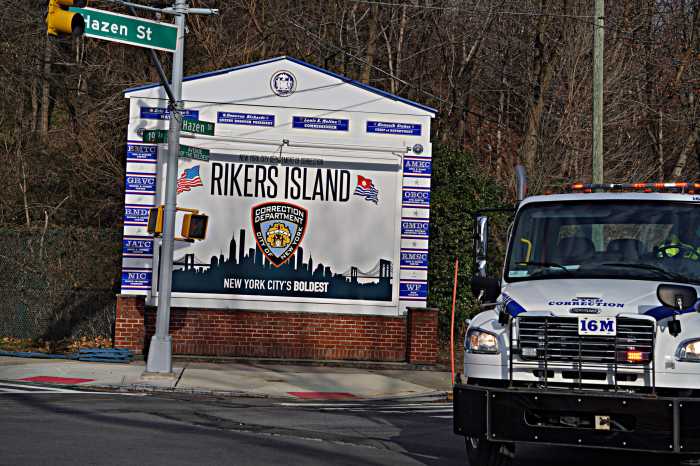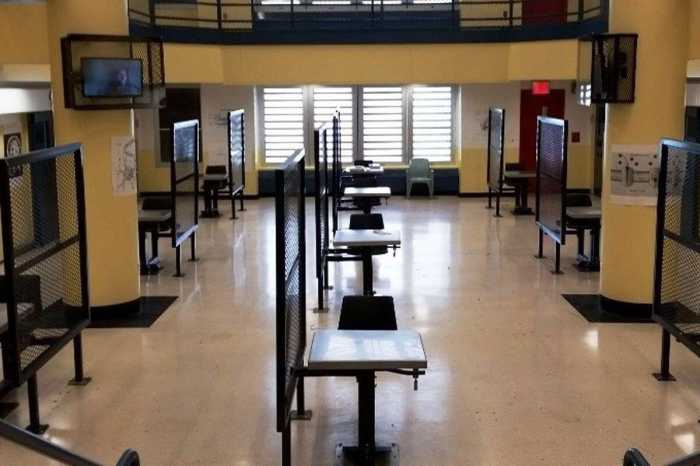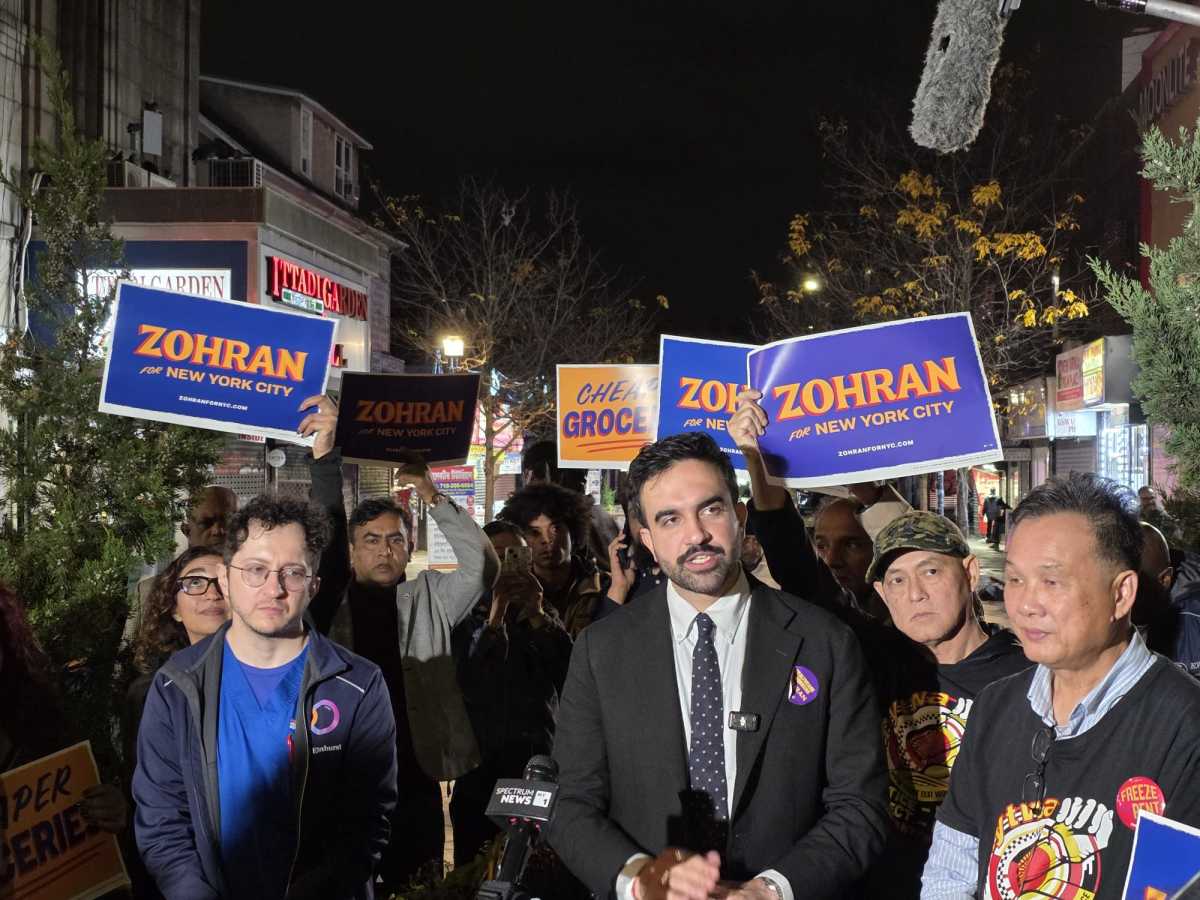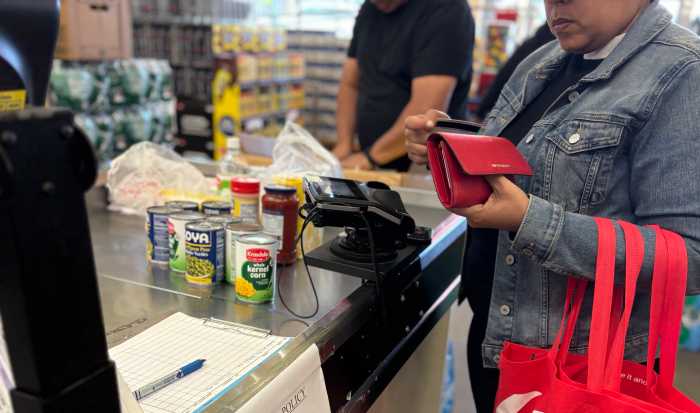The brother and mother of a Bronx man who died of a fentanyl overdose death in a Rikers Island jail on Oct. 31, 2022, filed an amended lawsuit alleging correction staff falsified records making it look like they tried to save the man’s life.
The suit against the City of New York, Mayor Eric Adams, Correction Department (DOC) officials and correction officers, among others, alleges that Rikers staff’s claims that they responded to 26-year-old Gilberto Garcia’s medical emergency and administered Narcan, an anti-overdose drug, turned out to be false.
But attorneys for Garcia’s family stated that DOC surveillance video captured Garcia putting his hands through a cell door slot at the Anna M. Kross Center (AMKC) at 12:15 p.m. on Oct. 31, 2022, motioning for help from the correction officers — who were absent from their posts.
amNewYork Metro contacted the DOC for comment, but they did not immediately reply.
His brother Gilson Garcia, who had been in the custody of the New York City Department of Correction since Oct. 1, 2021, was housed in a cell next to his brother at the AMKC Lower 15. Gilson discovered Gilberto in his cell, which was obstructed by a makeshift curtain, hunched over and unresponsive at 12:18 p.m., and tried to alert correction staff twice.
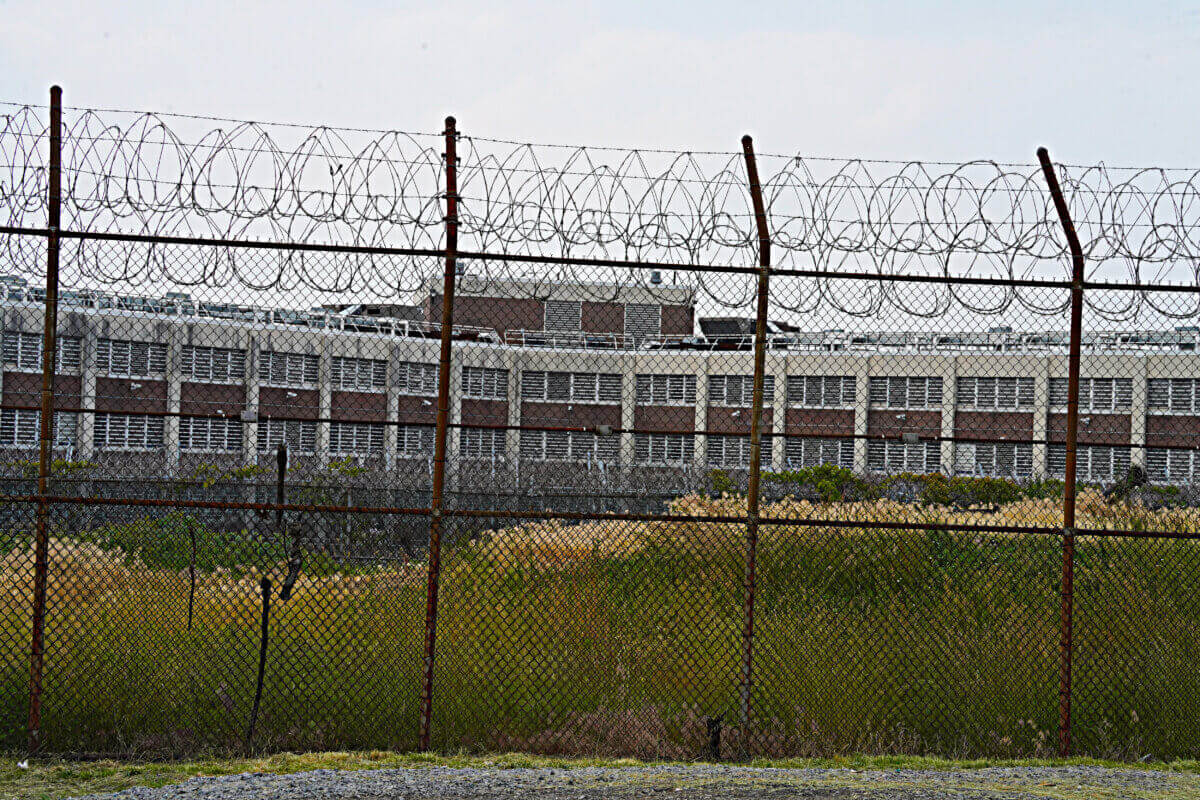
In an affidavit filed with the lawsuit, which details step-by-step what occurred, Gilson Garcia states that the correction officer on duty eventually responded but moved slowly. At one point, Gilson Garcia ran up to the officer and grabbed the Narcan out of her hand, which he then administered to his brother. The lawsuit further alleges that he performed CPR while the correction officers on duty and others looked on.
“I gave my brother Narcan. He was not responding. I had never administered Narcan before. I also did CPR on him. I was trying to do CPR as best as I could, but I had never been trained to do it. He was not responding,” Garcia wrote in the affidavit.
Correction officers, the lawsuit alleges, didn’t notify the Correctional Health Service (CHS) of the medical until 12:23 p.m. — five minutes after Gilson Garcia and other detainees had called for help.
The CHS medical emergency team arrived at 12:32 p.m., instructing Gilson Garcia to continue CPR on his brother while CHS medical personnel administered chest compressions. But those efforts were in vain; Gilberto Garcia was pronounced dead at 12:50 pm.
A pattern of neglect?
The lawsuit also alleges that in the hours leading up to Gilberto Garcia’s death, correction officers repeatedly abandoned their posts and took breaks on at least four separate occasions without logging the breaks in the logbook. They didn’t perform wellness checks, and despite DOC policy, barring sheet coverings, allowed prisoners to cover their cells with makeshift curtains.
A review of DOC records revealed that jail staff omitted or falsified records, including failure to document repeated breaks, wellness checks, address obstructed cells, and leaving posts unattended.
The amended complaint also alleges that DOC staff falsely claimed that officers alerted CHS at 12:10 p.m. about Gilberto Garcia’s medical crisis —13 minutes before the actual alert went out. And even though it was Gilberto Garcia’s brother, Gilson, who administered Narcan and performed CPR on his brother, based on DOC documents, correction officers claimed it was them who administered life-saving efforts.
The lawsuit seeks an unspecified amount in damages for Gilberto Garcia’s wrongful death and for Gilson Garcia, who suffers from depression, anxiety, intrusive suicidal thoughts, insomnia, and post-traumatic stress after his brother’s death.
Gilson Garcia spent an entire month in the same housing unit where his brother died despite pleas to be moved.
“For weeks after my brother’s death, I remained housed in AMKC 15 Lower, the same unit where my brother passed away. I did not want to be in that unit, and I asked to be moved many times,” Gilson Garcia stated. “I was not comfortable passing his cell because I kept expecting him to be there. But I had to face the reality that it really happened—he was no longer alive. I was eventually moved to another house in AMKC, 11 Lower, but it took a lot of work for me to get there.”
The family’s lawyer, MK Kaishian, told amNewYork Metro in a phone interview that the lawsuit was a set of converging and pervasive issues inside New York City jails, including the flow of fentanyl, the lack of health care for incarcerated people, proper training of staff, and the conditions at the troubled jail.
‘We’re alleging multiple failures’
“While we’re filing one lawsuit, we’re alleging multiple failures, and the city is liable for each of them,” Kaishian explained. “For their failures to train their staff in the administration of Narcan, their failures to address problems that they have known and persisted in the jails, most notably failures to produce people to their medical appointments and then also acts that they’ve taken in affirmatively creating hazardous conditions for the people inside each give rise to a separate claim, which all constitute this one lawsuit.”
Despite Gilberto Garcia’s documented history of substance abuse and mental health issues, the Department of Corrections (DOC) failed to provide proper medical support. The lawsuit alleges Gilberto Garcia missed 16 scheduled medical appointments to address his medical and mental health needs. A Board of Corrections report shows that CHS documented 13 missed appointments because correction officers did not bring Garcia to the visit; however, DOC documented just one missed visit.
According to Kaishian’s law partner Masoud Mortazavi, the number of medical appointments Gilberto Garcia missed might be higher.
“According to the records that we have, and of course, we’re still seeking further disclosures, but in the year 2022, we have counted about 20 to 22 missed visits where he was not produced,” Mortazavi shared.
Kaishian called the alleged cover-up surrounding Gilberto Garcia’s death by the DOC “egregious,” designed to avoid accountability and something that happened way too often.
“We have seen well-documented instances of the Department of Correction claiming that people refuse to be produced the medical appointments, when in fact, it was the Department of Correction that failed to produce them,” Kaishian claimed. “I also think it’s worth noting that this specific cover-up seemed designed to write out Gilson’s role in attempting to save his brother. So not only was he subject to the deplorable conditions that he was subjected to by DOC and forced to engage in attempted life-saving measures for his big brother, but his role was then essentially erased from the DOC’s records in order for them to save their own face.”
